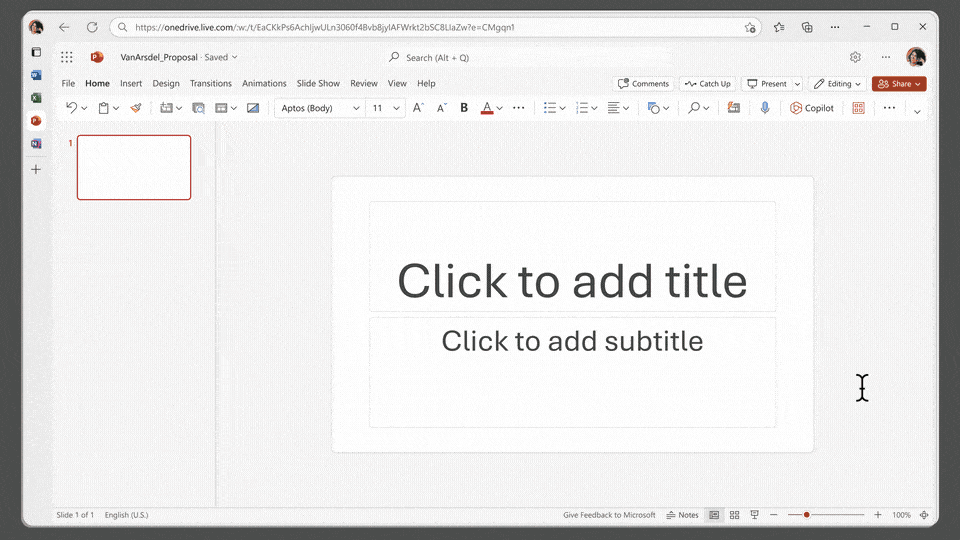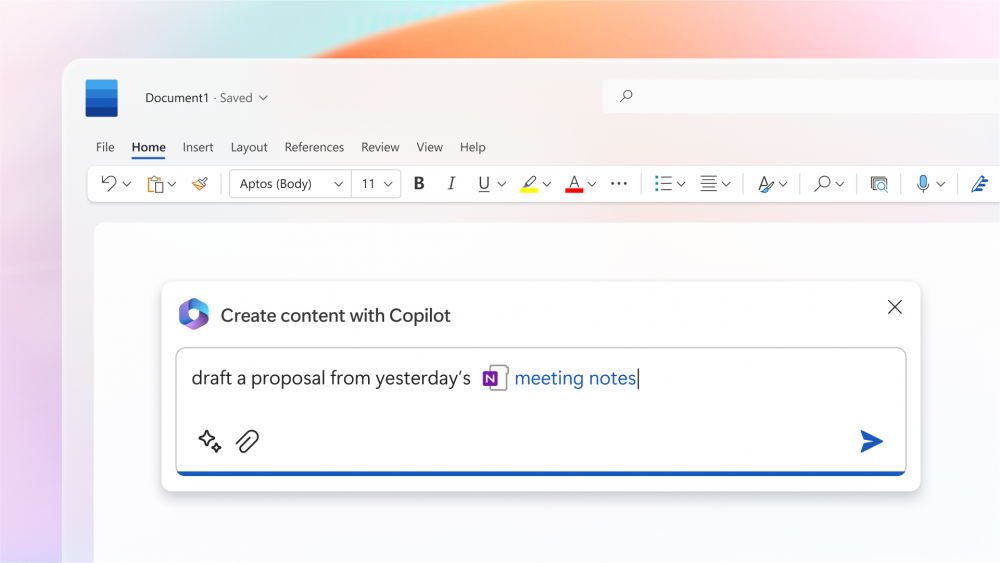Yes, I said it. Laptop makers should stop including chargers with their laptops.
I fully expect this will be an unpopular opinion. After all, people are still upset that many smartphones no longer come with chargers in the box. And to an extent, I agree — it sucks to open up a brand new piece of tech and not be able to charge it if you don’t have a charger! But I’ve also lived on the other side, and there’s a glorious freedom to not getting a charger too.
First off, I am admittedly in a very niche group. As someone who reviews laptops for a living, I am blessed (or cursed, depending on your perspective) with the ability to switch laptops on a somewhat regular basis — certainly more often than anyone should switch laptops. On one hand, this puts me in the unique position of having way too many laptop chargers. On the other, I also think it gives me some insight into the world of laptop charging.
Over the last year or so, I’ve noticed two significant changes in the laptop world. First, the laptops I test almost exclusively use USB-C ports for charging. Even when they offer a different primary charging method, USB-C charging is still present. For example, Microsoft’s Surface devices offer the Surface Connect port but can also charge off USB-C. Similarly, Apple brought MagSafe back to MacBooks, but USB-C charging is still an option. In fact, I can’t think of a single laptop I’ve used in the last two years that hasn’t supported USB-C charging.
The other thing I’ve noticed? A rapid proliferation of USB-C chargers that rival the ones you get with a laptop. Since August 2022, I’ve tested a handful of charging accessories made by Ugreen, and they’ve been great for charging laptops. They were so good, I started leaving chargers that came with the laptops I was reviewing in the box. But more than that, I really appreciated not having to swap cables around whenever I started reviewing a new laptop. I set my desk up with a Ugreen dock so I could plug one cable into whatever laptop I was testing to charge it and also give access to my monitor as a secondary display.
Take control of your charging
Again, I recognize that I’m in a unique position compared to the average laptop user, but I think some of my experience can be extrapolated to larger trends. If you’re buying a laptop now or in the next few years, chances are it will charge via a USB-C port. And if you’ve already got a reliable USB-C charger for charging a laptop, do you really need another?
To be fair, there will also be plenty of people with laptops that don’t have USB-C chargers. Being forced to buy a new charger because your new device doesn’t come with one sucks. I won’t deny that. As with smartphones, I think companies should offer something to cater to people who might have an old charger that won’t work with their new device, like a charger trade-in program or a credit towards a charger if you don’t have one. Whether I think companies should do that or not, I doubt many will. But hey, if you have to buy a charger, might as well buy a good one that will outlast your laptop.
There are other benefits to not getting a charger, though how much any of these matter will vary from person to person. For one, less electronic waste (e-waste) by reducing the number of redundant chargers. As a knock-on effect, you’d reduce the amount of packaging too. For another, more consumer control over their gadgets and accessories. Oh, and if you forget your laptop charger at home, chances are someone can spot you if everyone’s rocking USB-C chargers.
All that said, there will still be some scenarios where it might be necessary to include a charger. Gaming laptops are one example that comes to mind since many have greater power demands than the average laptop (hence the massive bricks attached to most gaming laptop chargers).
Ultimately, most laptops already use one type of charger. Let’s commit to it and stop wasting time, money and resources on giving people the same charger they already have.












